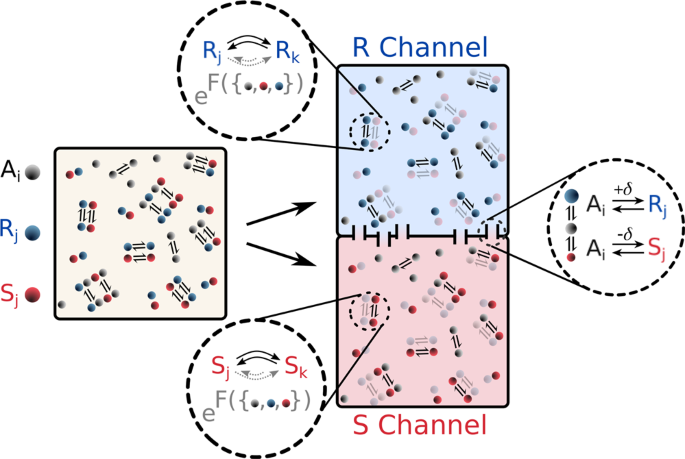スマートウォッチとヘルス・トラッカーは、動作によって電力を供給される小さな機械装置の開発によって、自己充電に一歩近づく可能性があることが示唆された。 Self-charging smartwatches and health trackers could be a step closer following the development of tiny mechanical devices powered by movement, a study suggests.
2022-04-26 エディンバラ大学
<関連情報>
- https://www.ed.ac.uk/news/2022/tiny-generators-pave-way-for-self-charging-smart-t
- https://www.sciencedirect.com/science/article/pii/S2211285522003652?via%3Dihub
機械エネルギーハーベスティングのためのスポンジ状圧電マイクロ・ナノファイバー構造体 Sponge-like piezoelectric micro- and nanofiber structures for mechanical energy harvesting
Francisco Javier,Diaz Sanchez,Michael Chung,Muhammad Waqas,Vasileios Koutsos,Stewart Smith,Norbert Radacsi
Nano Energy Published:15 April 2022
DOI:https://doi.org/10.1016/j.nanoen.2022.107286

Abstract
Herein, the one-step fabrication of novel three-dimensional sponge-like piezoelectric electrospun nanofiber structures is reported. Ferroelectric polymers are biocompatible and flexible materials that present attractive opportunities for the fabrication of portable energy harvesters for energy efficient wearable electronic devices. While being compatible with diverse fabrication methods, thicker and denser 3D forms have only been obtained from extruder-based, low-yield approaches. Electrospinning polyvinylidene fluoride (PVDF) and polyvinylidene fluoride-co-trifluoroethylene (PVDF-TrFE) solutions with added polyethylene oxide (PEO) and lithium chloride was explored as an alternative approach for the scaled-up fabrication of 3D structures. The resulting PVDF/PEO and PVDF-TrFE/PEO 700 µm thick sponge-like fiber mats were used as active cores for piezoelectric generators. The produced sponge-like core generators achieved an average peak-to-peak voltage of 69.4 V when subjected to a 1.58 N impact force applied at a frequency of 4 Hz and connected to a 15.1 M Ω resistive load. Their measured instantaneous output power of 40.7 µW cm–2 exceeds that of similar state-of-the-art generators by a factor of 2. Our fabrication method provides a low-cost, one-step, and scalable alternative for creating micro- and nanofibrous three-dimensional structures.




・3人の博士課程の学生からなるチームが考案したこの方法は、いわゆる圧電材料を従来の技術よりも迅速かつ効率的に作成するもので、生産規模の拡大が容易になる可能性があります。
・研究チームは、圧力をかけると電気を発生する汎用性の高い物質であるPVDFという素材の超極細繊維を1cm角の大きさに切り、電極とワイヤーを取り付け、シリコンで包んだものを、高電圧電源を使って3次元スポンジ状の材料にした。・この装置をテストしたところ、1平方センチメートルあたり40マイクロワットの電力を発生させることができた。これは、既存の最も強力な圧電発電機の2倍の出力である。